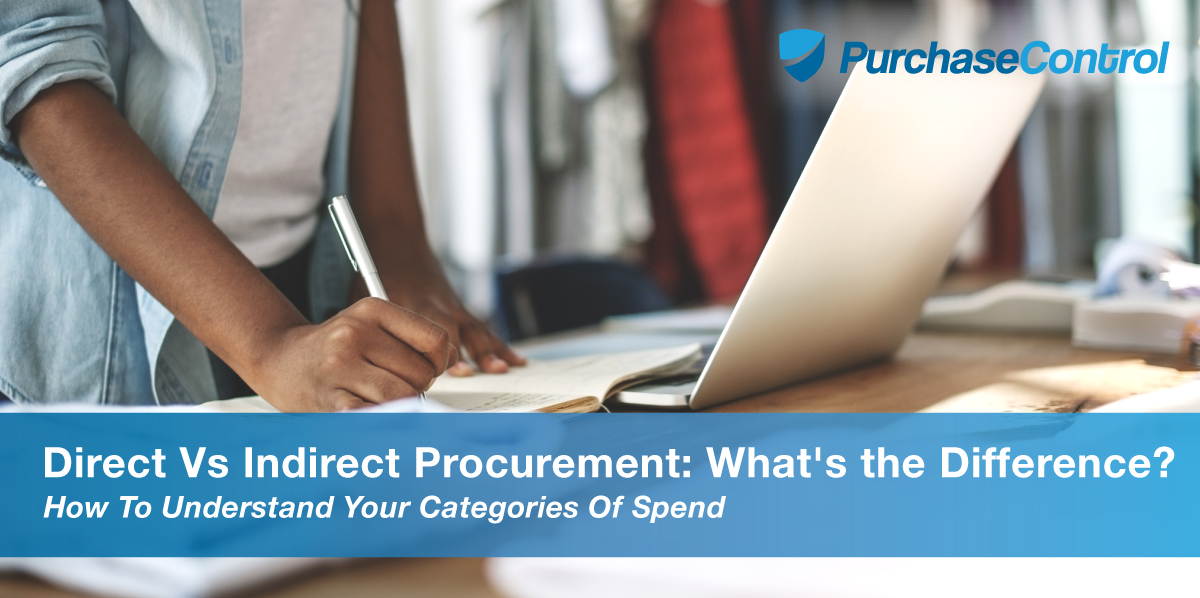Procurement is a complex operation encompassing integrated strategies to deliver optimal purchasing value while providing raw materials and services to run the organization. Direct and indirect purchasing can be considered subsidiaries of the procurement process; separate but related functions that work together within the company protocols and budget. From a practical perspective, the two processes are only marginally related aside from the same end result, sourcing and purchasing.
Direct procurement
Direct procurement is the acquisition of the raw materials used in the company business. For a home builder, this means wood, nails, concrete and other basics for building houses. For a retail store, it is goods to be sold, and for a restaurant, raw food items.
Businesses that sell any kind of tangible goods to consumers or to other businesses rely on direct procurement to create revenue. Exceptions include businesses such as software services where the end product is intangible and no raw materials are used in production.
Procurement processes are frequently centered on wringing the best value from sourcing direct materials, minimizing risk, and fostering long-term relationships with trusted suppliers. Efficient raw material sourcing is widely understood to hold the keys to bigger profit margins and competitive advantage.
The consumer experience, and by extension the company reputation is dependent on direct procurement. It determines the quality and availability of the finished product, and influences the way the company is perceived by consumers. Brands rarely rise above the quality of their raw materials and sourcing protocols.
Retail and manufacturing businesses are dependent on direct procurement to generate revenue and profits.
“Most businesses spend a great deal of effort on maximizing direct purchasing, while indirect is more difficult to track and often overlooked.”
Indirect procurement
Even software companies cannot escape the need for indirect procurement. Put simply, indirect costs are internal or administrative spend; everything a company needs to operate that will not be sold to consumers.
Examples of indirect purchasing include:
- Facilities – Offices, distribution hubs, manufacturing plants.
- Building utilities and expenses – Water, power, and maintenance.
- Technology – Computers, software, telephony, manufacturing machines, and any other technology purchases necessary to create the product.
- Office supplies – Coffee, toilet paper, pens, paper clips, and all the miscellaneous items humans need in order to function.
- HR functions – Recruitment, training, and development of new employees.
- Marketing – Ad spend, social media, PR, industry shows.
- Travel expenses – Executive spend, meeting and conference expenses, remote employee expenses.
- Outsourced services – Security guards, accounting firms, phone banks, IT and any other services the company does not handle internally.
Indirect procurement is an area of potential cost savings often overlooked. Proper tracking requires a similar centralized structure to direct purchasing. Even large companies can fall short and lose control of spending when departments have independent budgets and spend protocols.
Maximizing supply chain management to meet administrative needs can be sourced and negotiated much in the same way raw materials are handled, leveraging company-wide requirements to secure lower bulk prices and better service. Preferred suppliers can be identified and nurtured for better communication. Suppliers familiar with company spend patterns can better recommend sales and deals to meet upcoming needs, and advise the optimal times to buy to take full advantage of seasonal or end-of-year pricing.
There are challenges to cost analysis for indirect purchasing. Indirect spend includes intangible goods with no specifications aside from designated cost or perceived value. For example, when a company hires a motivational speaker to address a company meeting, the cost they are willing to pay depends wholly on perceived value the speaker is expected to deliver to the organization.
When dealing with indirect goods and services, budget goals may vary by team or project. Procurement strategy for one project may focus on reducing hours, while another project may need to address exorbitant travel costs.
Indirect spend management may require both cost avoidance strategy and spend reduction.
The practical way to deal with direct and indirect procurement is through an automated system capable of tracking every detail. With standardized procurement protocols established and efficient processes in place to avoid bottlenecks and delays, decision-makers can concentrate on cost avoidance and value-added practices. When laid out from an advantage perspective, stakeholders will see the inherent value to the company bottom line.
Manage indirect and direct expenditure in our powerful procurement app.
Find Out How








